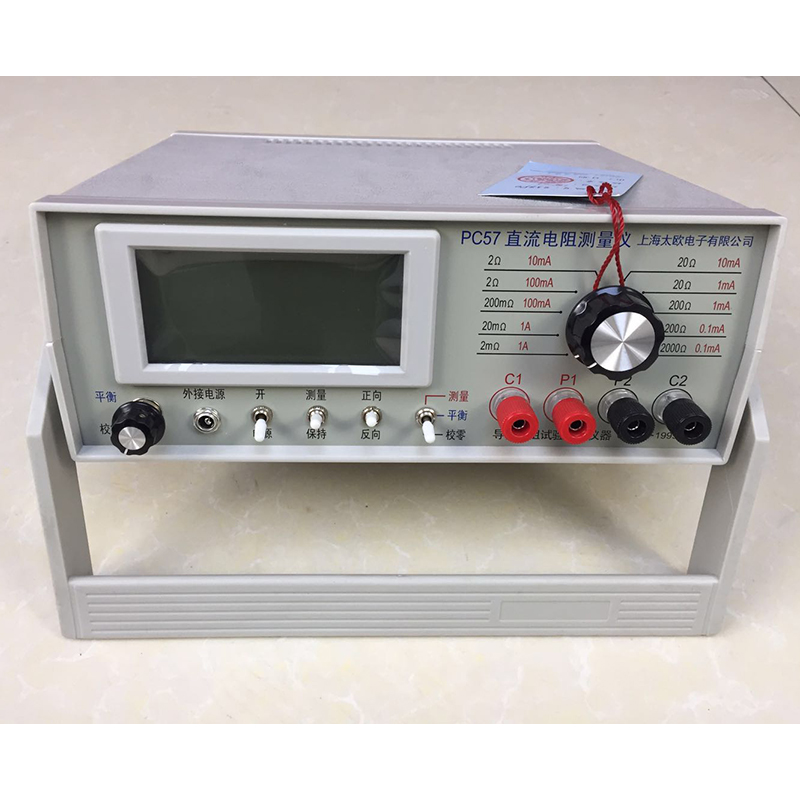Electrode Resistivity Tests
Understanding Electrode Resistivity Tests Importance and Applications
Electrode resistivity tests are pivotal in various fields, particularly in geophysical exploration, civil engineering, and environmental studies. These tests involve measuring the resistivity of soils or materials in contact with electrodes, providing valuable insights into subsurface characteristics. This article explores the significance, methodologies, and applications of electrode resistivity tests.
The principal objective of electrode resistivity testing is to determine the electrical resistivity of the subsurface materials. Resistivity is an intrinsic property of a material that indicates how much it resists the flow of electric current. Variations in resistivity can reveal a wealth of information about geological formations, such as the presence of water, minerals, or contaminants.
Methodologies
One of the most common methods for conducting electrode resistivity tests is the Wenner method. This involves placing four equally spaced electrodes in a straight line in the ground. A current is injected through the outer electrodes, and the voltage drop is measured across the inner electrodes. The resistivity can be calculated using the formula
\[ \rho = \frac{2\pi a V}{I} \]
where \( \rho \) is the resistivity, \( a \) is the distance between the electrodes, \( V \) is the voltage difference measured, and \( I \) is the current passing through the outer electrodes.
electrode resistivity tests

Another widely used method is the Schlumberger array, which employs a similar principle but adjusts the spacing of the electrodes to provide greater depth penetration. This flexibility allows for more complex subsurface profiling, making it ideal for various applications.
Applications
The applications of electrode resistivity tests are vast. In environmental studies, these tests help identify contaminated sites by mapping the distribution of pollutants, which typically exhibit different resistivity values compared to clean soil. It is crucial in remediation efforts, enabling engineers to design effective cleanup strategies based on the distribution of contaminants.
In civil engineering, electrode resistivity tests are employed to assess the suitability of ground for construction projects. Engineers can evaluate the resistivity of soils and rocks to determine their load-bearing capacity, ensuring the safety and stability of structures.
Moreover, in the field of geophysics, electrode resistivity testing plays a vital role in resource exploration. It aids in locating groundwater reserves, oil, and minerals by identifying areas with specific resistivity signatures associated with these resources.
Conclusion
In summary, electrode resistivity tests are essential tools in various domains, providing critical data that guide decision-making processes in environmental management, construction, and resource exploration. As technology advances, these tests will continue to evolve, offering even more precise and insightful analyses of subsurface conditions. Understanding and utilizing these tests can significantly enhance our ability to harness and protect our natural resources effectively.
-
Why the Conductor Resistance Constant Temperature Measurement Machine Redefines Precision
NewsJun.20,2025
-
Reliable Testing Starts Here: Why the High Insulation Resistance Measuring Instrument Is a Must-Have
NewsJun.20,2025
-
Flexible Cable Flexing Test Equipment: The Precision Standard for Cable Durability and Performance Testing
NewsJun.20,2025
-
Digital Measurement Projector: Precision Visualization for Modern Manufacturing
NewsJun.20,2025
-
Computer Control Electronic Tensile Tester: Precision and Power for the Modern Metal Industry
NewsJun.20,2025
-
Cable Spark Tester: Your Ultimate Insulation Assurance for Wire and Cable Testing
NewsJun.20,2025
 Copyright © 2025 Hebei Fangyuan Instrument & Equipment Co.,Ltd. All Rights Reserved. Sitemap | Privacy Policy
Copyright © 2025 Hebei Fangyuan Instrument & Equipment Co.,Ltd. All Rights Reserved. Sitemap | Privacy Policy
